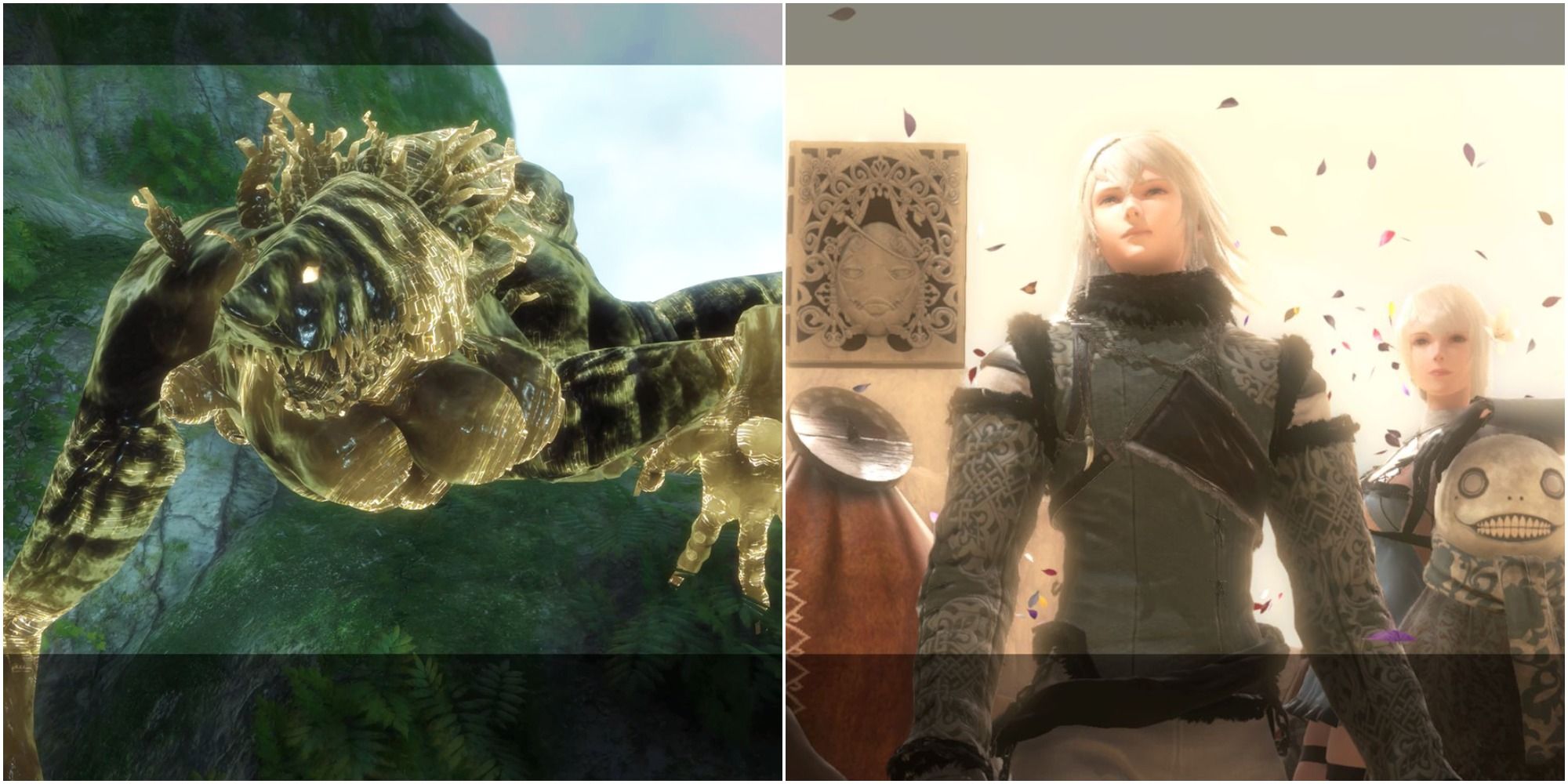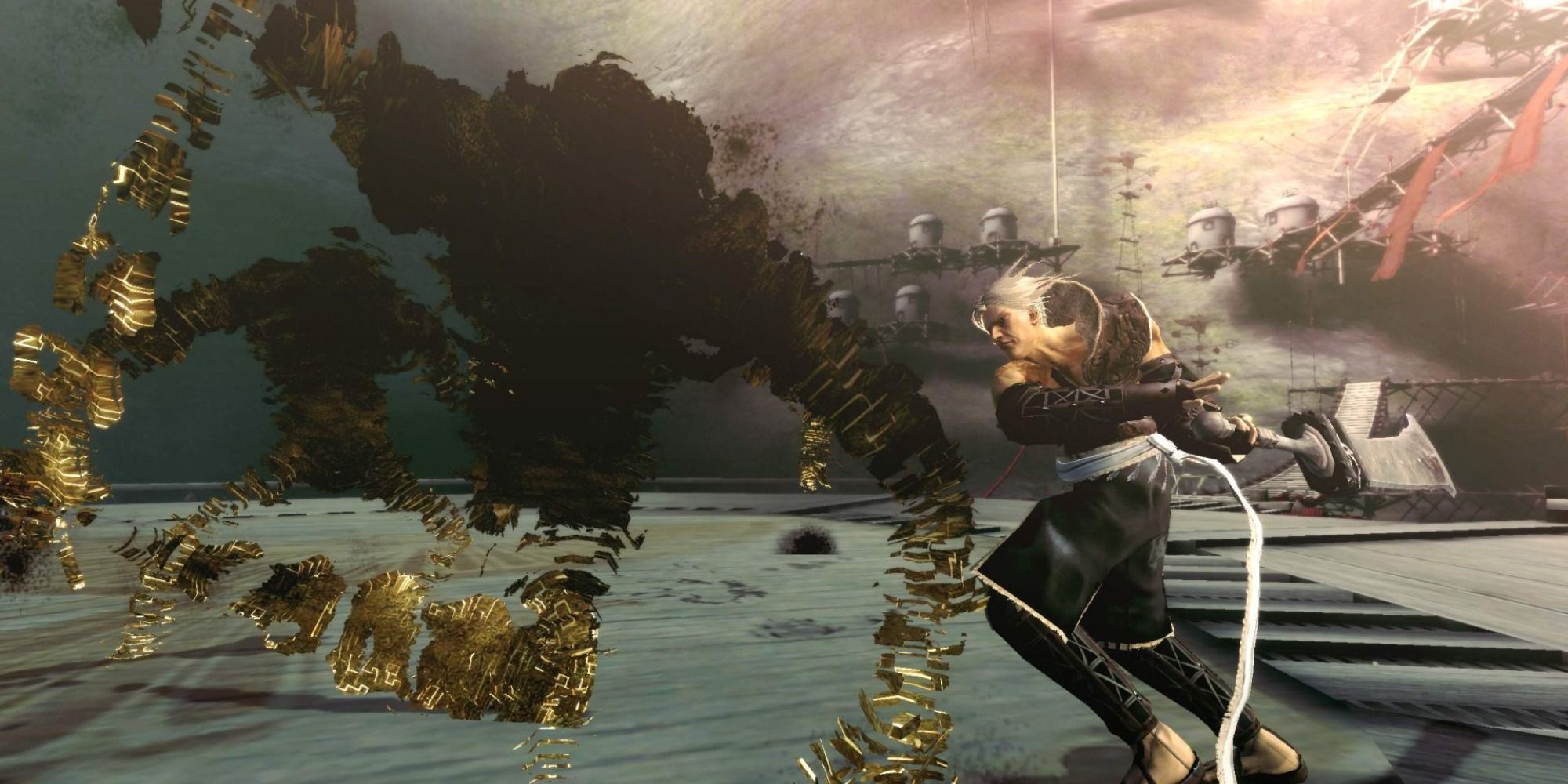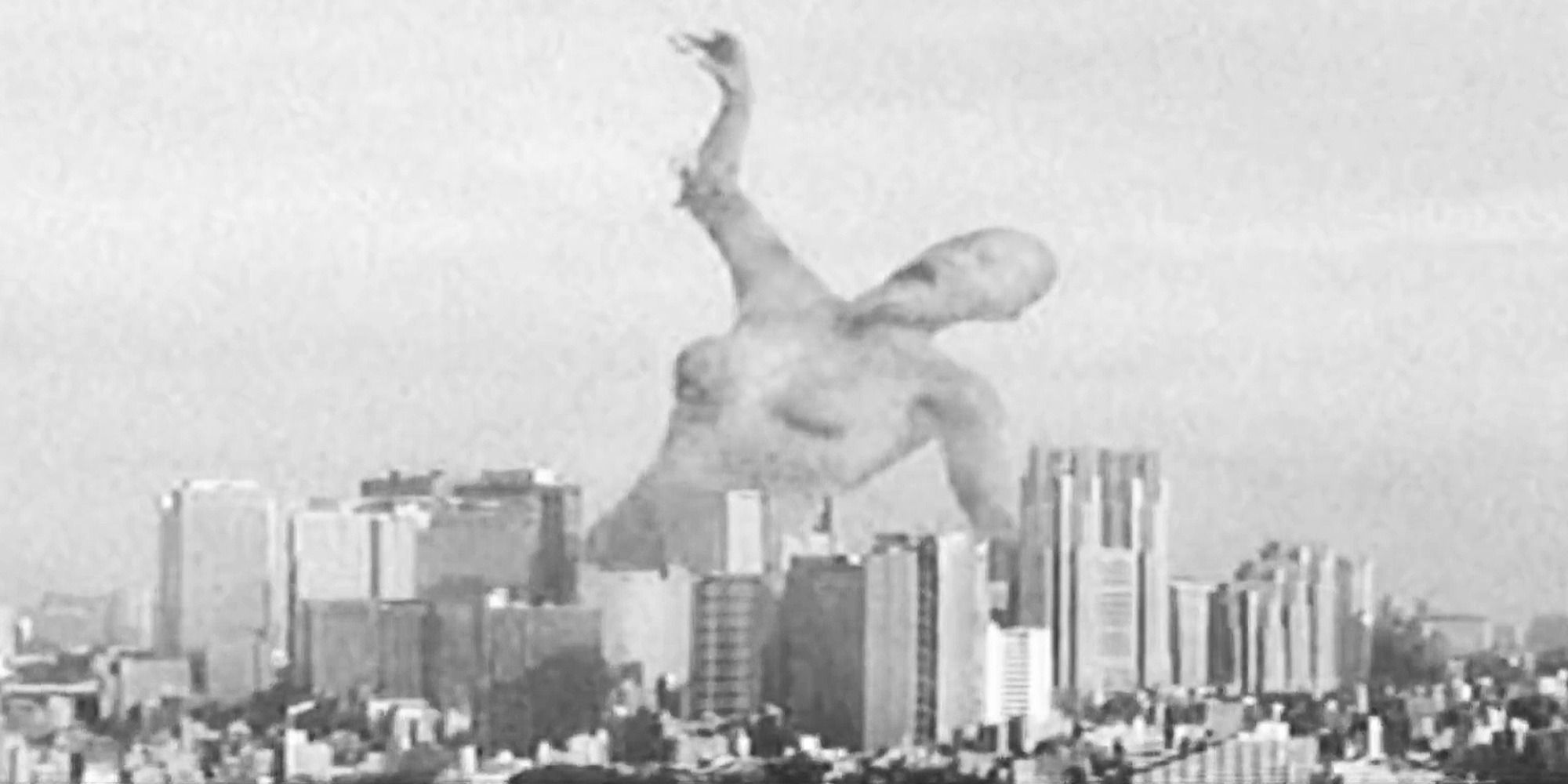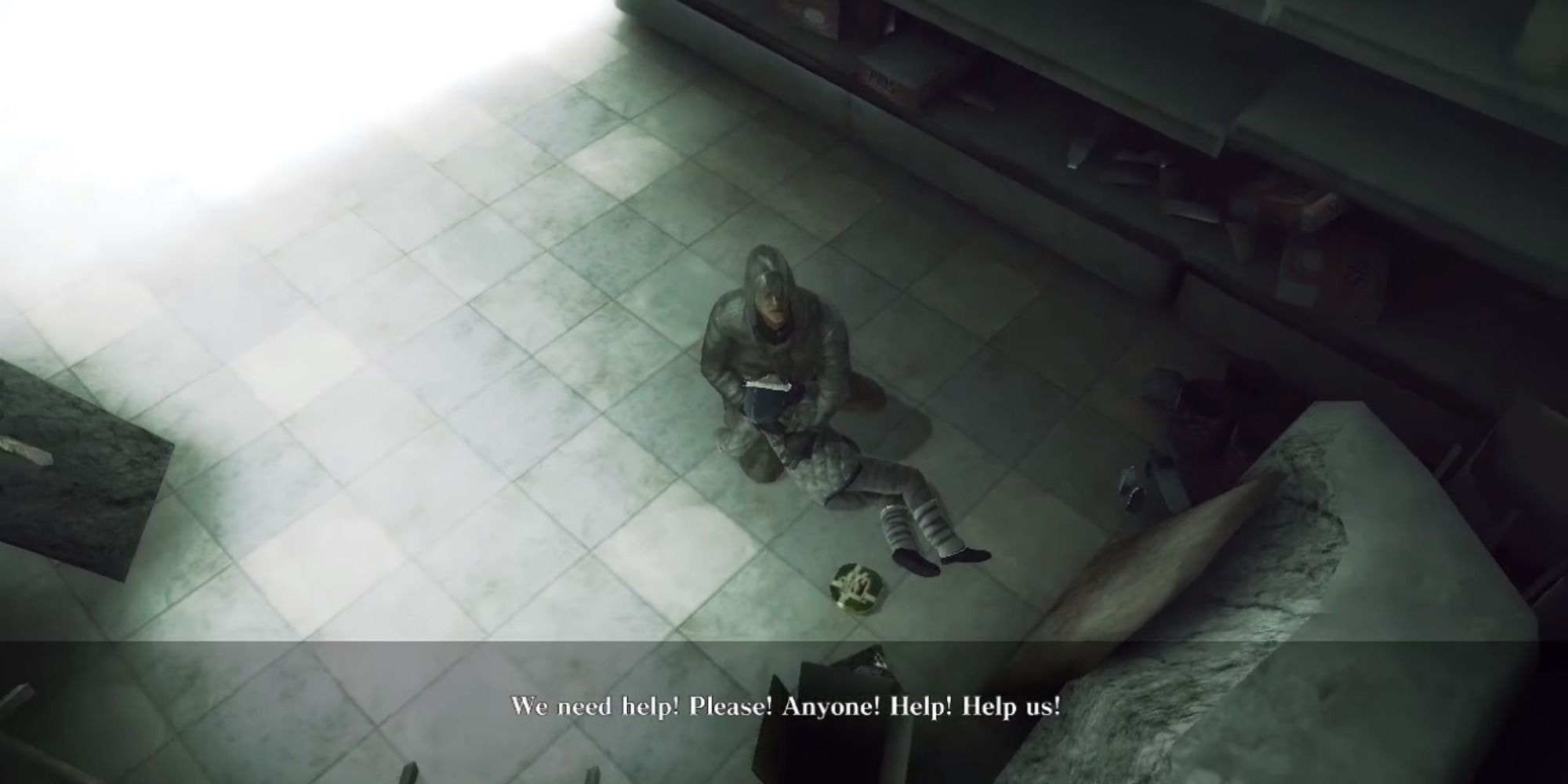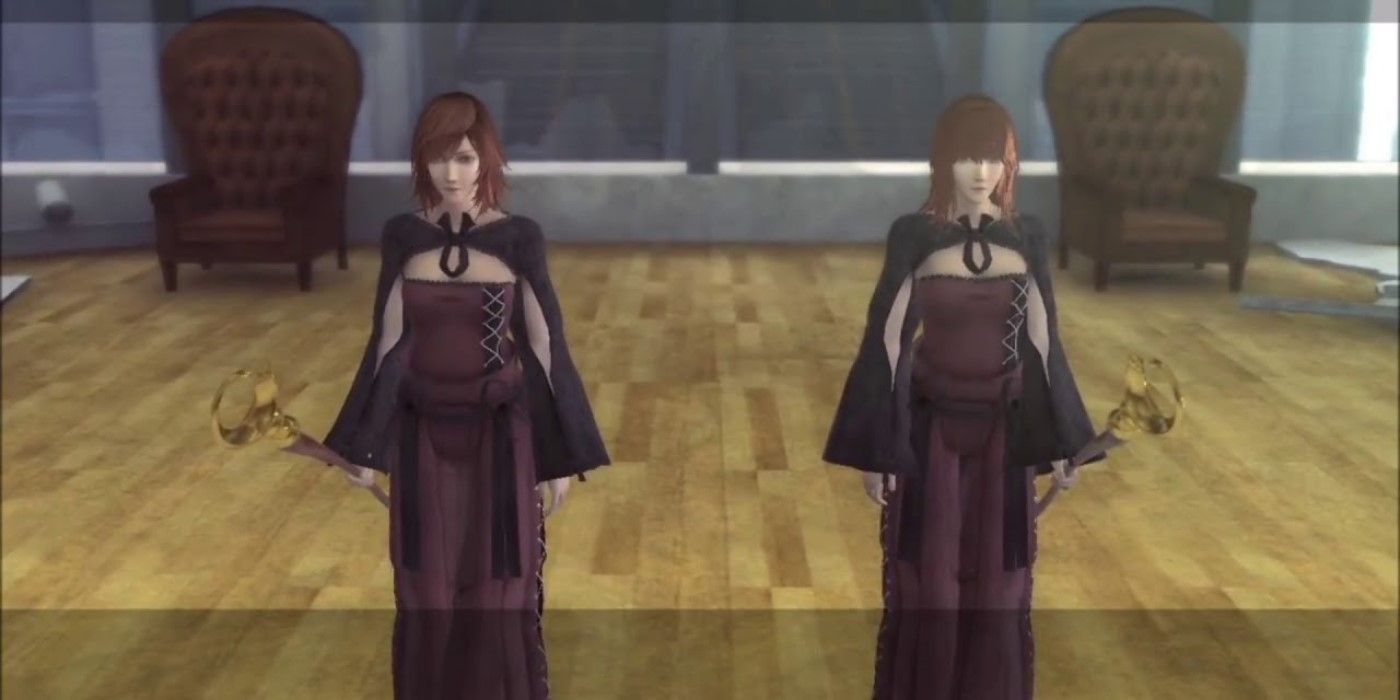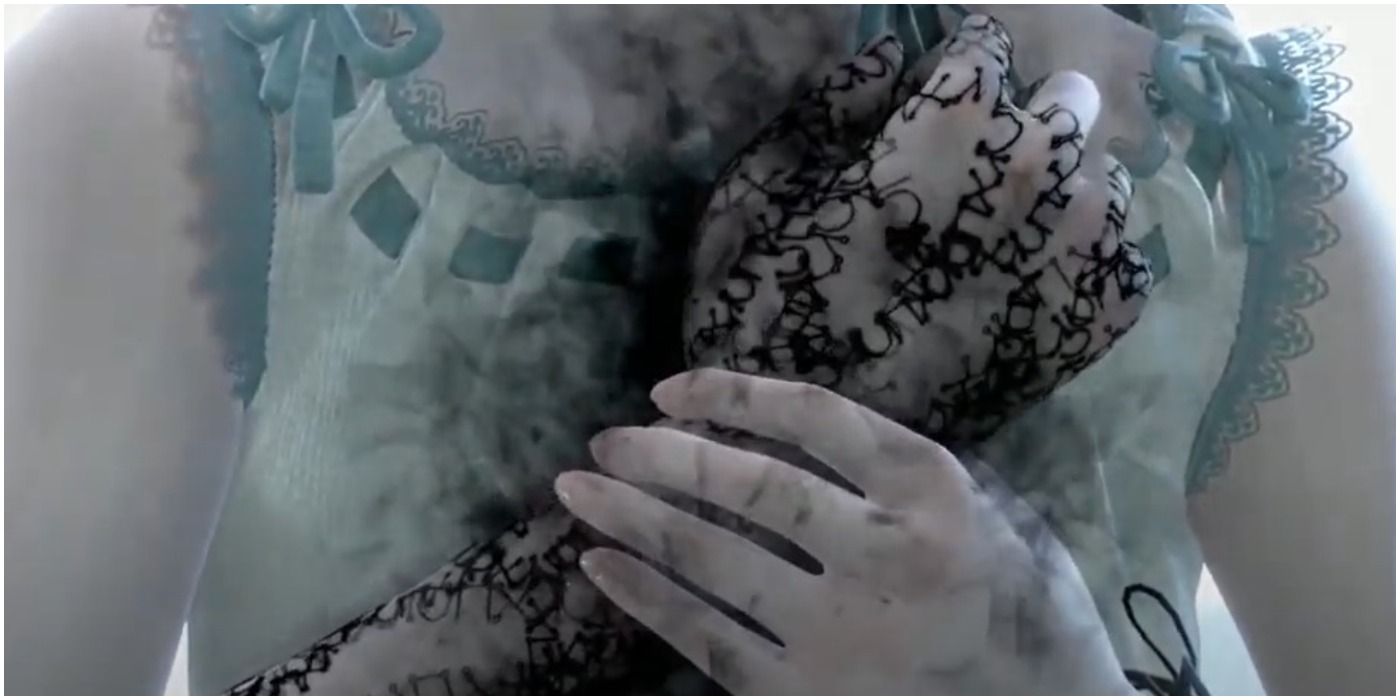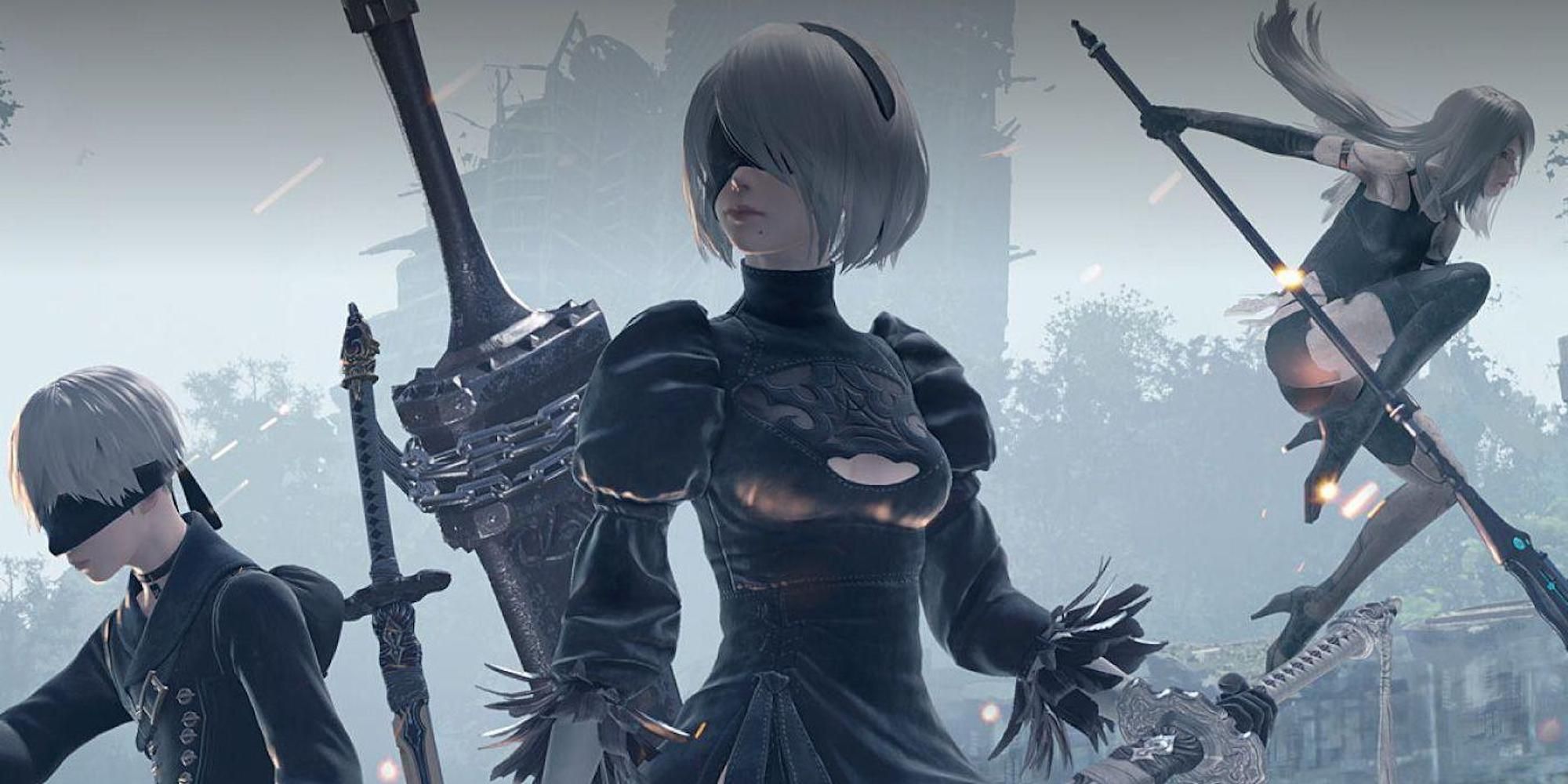Quick Links
When originally released, Nier was split into two games - Nier Replicant and Nier Gestalt. The two games only differed in the protagonist's appearance and his relation to the character of Yonah. In Gestalt, he is Yonah's father, and in Replicant, he is her brother. In the remake released in 2021, only the Replicant version is available.
However, the overarching storyline remains the same between the various versions of the game and deals heavily with Gestalts and Replicants - two categories of being that populate the world. Spoilers ahead!
Gestalts Vs. Replicas
In the simplest of terms, the Replicants of Nier are artificial bodies intended to be filled with Gestalts at a predetermined point in time. They are incredibly elegant creations that simulate human bodily functions such as hunger, tiredness, and sex drive, despite not being capable of reproduction themselves.
On the other hand, Gestalts appear at first to be enemies. Named Shades by the Replicants who live in the world's settlements, they seem to be evil, hostile creatures that are bent on destroying Replicants and their way of life. Gestalts are, in fact, what's left of humanity - each Shade is a soul separated from its original body.
Gestalts and Replicants form two halves of one plan hatched in order to avert an apocalypse. Humanity found itself threatened and used technology to separate Gestalts from their hosts and create Replicants in the image of those who underwent this process. This was known as The Gestalt Project.
However, the process was not flawless, and the Project went awry in two ways. First, Replicants started to become sentient, develop personalities, and live their own lives. Second, Gestalts began to undergo a process known as relapsing, whereby they lost their sentience and became the evil monsters that the Replicants knew them as during the events of Nier.
Why Was The Gestalt Project Needed?
We have to look at Drakengard - Yoko Taro's previous game to understand why the world ended up the way it did. It has little in common with Nier outside of the feel of the combat system and many weapon references, but it is responsible for the story of the game at hand. You see, Nier follows on from the fifth ending of Drakengard.
In this ending, the protagonist and his dragon tackle a gigantic extradimensional being known as the queen-beast through space and time into our world, Tokyo, to be precise. After an intense rhythm game that baffled players for years, the heroic pair are blasted out of the sky by the Japanese Self-Defense Force, and the queen-beast dissolves into billions of particles of "maso."
What followed was White Chlorination Syndrome, a disease caused by maso particles. This disease forced every infected human to choose between serving an otherworldly god as a mindless soldier of war (known as Legion) or being turned into a pillar of salt. It spread like wildfire, so humanity kicked the Gestalt Project into gear to avert the oncoming catastrophe.
What Was The Gestalt Project?
After a lengthy war against the legions of soldiers created by White Chlorination Syndrome, humanity is nearly ready to consider the twin goals of the Gestalt Project and the Replicant System required to make its work complete. It was a very lengthy process, with every single original test subject immediately relapsing once they became Gestalts. It was only when the "Original Gestalt" is found - the first individual to undergo soul separation without losing his sentience - that humanity's scientists were able to stabilize the process. The Original Gestalt in question is Nier - the protagonist of the game.
In 2032, 24 years after White Chlorination Syndrome started spreading, the Project is opened up to the public, and the entirety of humanity becomes Gestalts with their Replicant shells. The aim? To wait until White Chlorination Syndrome and the threat of the Legion die out.
Of course, we know that there were problems in the process that meant even with these threats eradicated, Gestalts and Replicants would not be reunited.
How Androids Fit In
However, Gestalts and Replicants were not left alone to suffer their eternal fate. Androids were also constructed by humanity to oversee the process. In Nier, we meet two of them, Popola and Devola, but it stands to reason that there must be many androids across the world overseeing the Project.
Their task was initially simple - to keep an eye on the Replicants and ensure there would always be shells for the Gestalts to fill once the day of reunification came. Since Replicants were not indestructible, they would do this by disposing of them before creating new, identical Replicants using data from the Gestalts whenever needed.
What Is The Black Scrawl?
When a Gestalt undergoes a relapse and loses its sentience, it becomes an unsuitable source to draw data from when creating a new Replicant. Unfortunately, the androids overseeing Project Gestalt still needed to pull data from them when creating new Replicants.
When a Replicant is created using the data from a relapsed Gestalt, it is affected by an ailment known as the Black Scrawl. This affliction takes the form of writing somewhere on their body and is a sign that the corresponding Gestalt is in big trouble. Eventually, Gestalts will either fully relapse or be hunted down by Replicants who see them as evil beasts. Once this has happened, the androids cannot create new Replicants. In this way, the Black Scrawl signals the inevitable end for a Gestalt/Replicant pair.
Gestalts And Replicas In Nier: Automata
Thanks to the imperfect Gestaltification process and the actions of the Original Gestalt in Nier Replicant (or Nier Gestalt), humanity is doomed overall. The game's ending sees the two tools that were to be used for reunification, Grimoire Weiss and Grimoire Noir, destroyed, and with Gestalts relapsing constantly, it only takes a few hundred years before humanity is extinct.
In Nier: Automata, all left are androids, robots, and some complete outliers, such as Emil.

